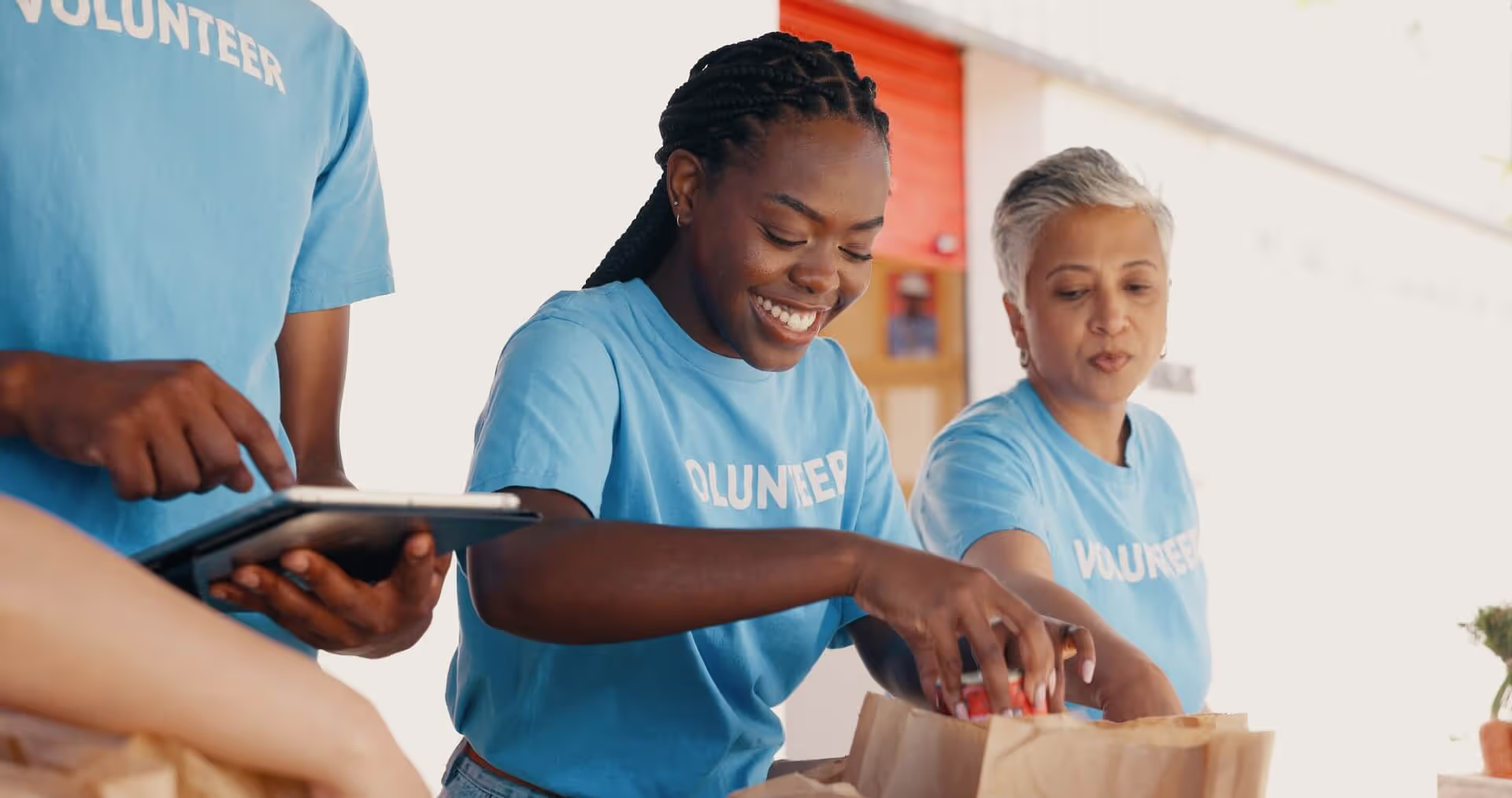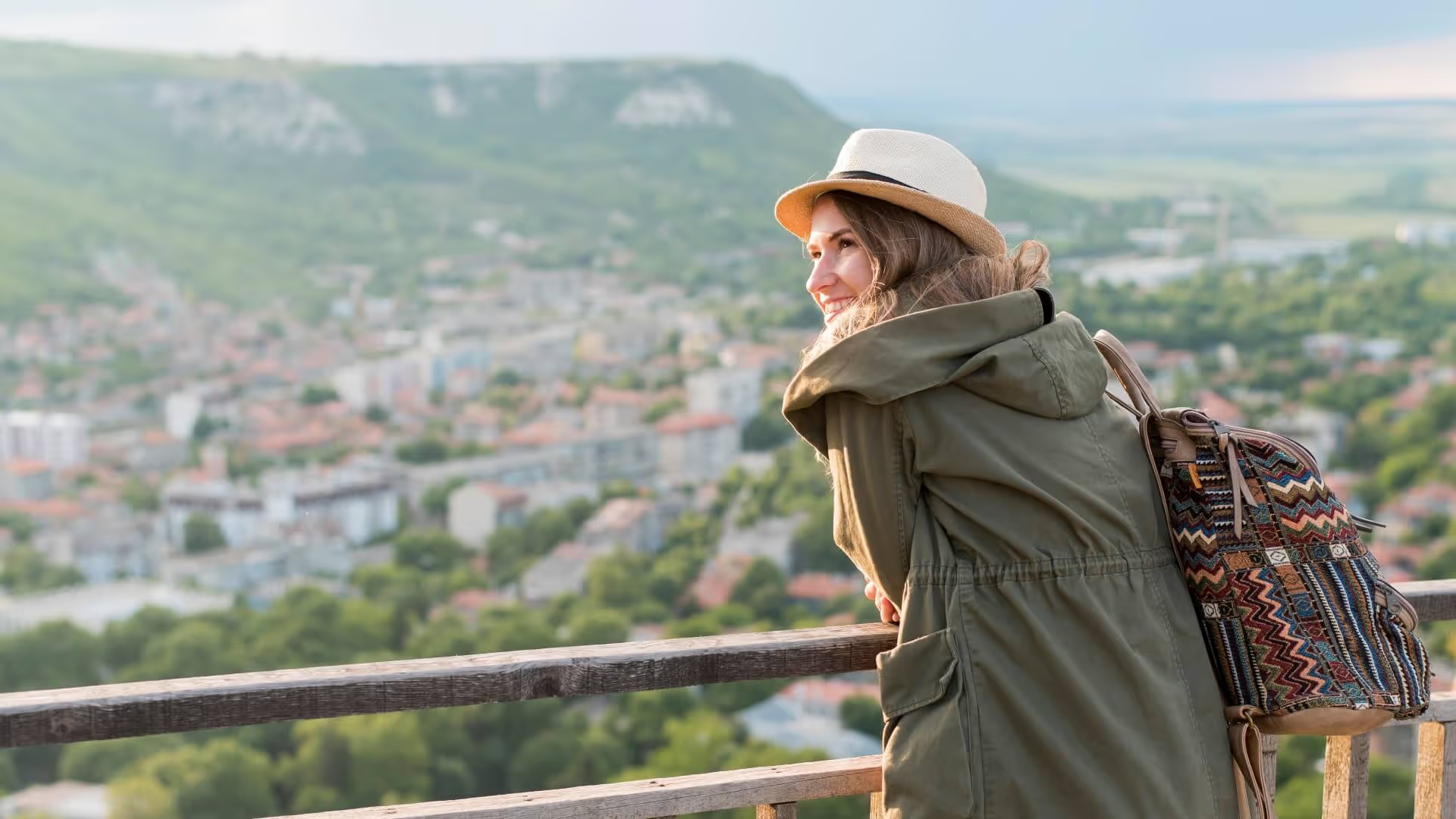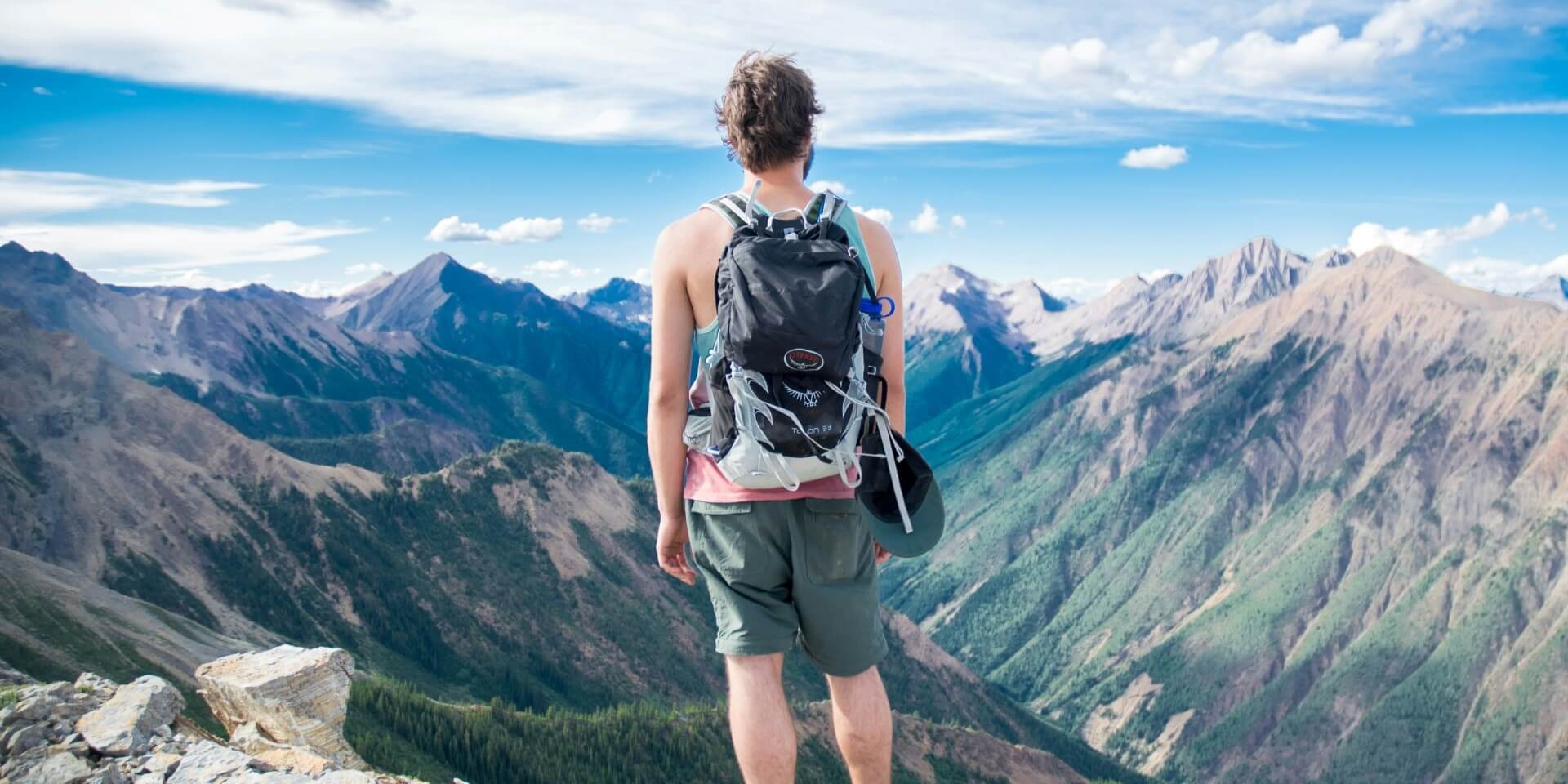It used to be that it was uncommon for women to travel on their own, especially for leisure rather than business. We have long since left that mindset behind, and today it is a relatively common occurrence.
This offers a unique marketing opportunity for travel and tourism companies, as long as they recognise the special motivations, challenges, and preferences of solo female travellers. In this article, we’ll take a closer look at how travel and tour companies can cater to this specific market
Understanding solo female travellers' needs and preferences

Solo female travellers have a different range of motivations, concerns, and basic desires than some other types of travellers. Understanding these core attributes is essential towards marketing successfully. In the following sections, we’ll take a closer look at some of these things.
Motivations
Solo female travellers often have unique motivations that set them apart from male travellers and family groups.
For one thing, lone woman travellers often place great emphasis on freedom and independence. This means that they typically seek the freedom to explore at their own pace and make their own decisions. You may find that they travel alone because they appreciate the independence that comes with it. As a result, you’ll find that they’re generally more likely to go for travel packages with a strong focus on customisation and personalisation.
They may also be strongly driven by a desire for personal growth. As a result, many women embark on solo trips which allow them to challenge themselves. This is often accompanied by opportunities to step outside their comfort zones, and probably to gain a sense of accomplishment.
Another motivation that may be stronger with women than with solo male travellers is forging connection with other women. While there’s no one-size-fits-all approach to motivation, with some solo travellers enjoying solitude, other travellers seek opportunities to connect with like-minded women and build lasting friendships.
Common fears
Women travelling outside the safety of a group of trusted people often have a different set of fears and concerns as well.
Safety is probably the number one concern of most women when travelling alone. This is especially true in the case of travelling to unfamiliar destinations. Their safety concerns may include personal security, harassment, or crime.
One of their next top concerns is around finances. Budgeting and managing finances can be a severe challenge for solo travellers of any kind, as they are responsible for all their expenses. However, many women place a special emphasis on planning out this aspect, so they require full control over the financial aspects of their travels.
Many women are also particularly community-focused, so they may have a sense of FOMO (fear of missing out) on important events or experiences back home. In many ways, they may be more likely to go on a trip if they feel like they’ll be able to remain connected with their loved ones.
In many cases, solo travellers may also be wary of cultural barriers. After all, trying to successfully navigate different cultural views and customs can be daunting under any circumstances. This is especially true for solo female travellers, especially when they’re travelling to countries with conservative traditions, or where strict gender roles are maintained.
Planning
As mentioned, solo travellers (and especially women) often place a unique emphasis on planning their trips. Part of this is found in a penchant for thorough research.
They often conduct extensive research into any destination that they want to visit, as well as about aspects like local pricing, cultural beliefs, accommodations and travel arrangements, and which kinds of activities are available to them. This means that you need to ensure any marketing you use for them needs to be factually accurate and verifiable.
For solo travellers, flexibility is often also essential, with a preference for flexible itineraries, rather than fixed ones. If they encounter a spontaneous opportunity or an unexpected situation, they want the flexibility of being able to make the most of it.
Many solo female travellers are also more likely to plan their trips around the ability to use technology. Since they often rely on smartphones, travel apps, and online resources to stay connected, navigate, and find information, features like WiFi connectivity and the ability to charge devices is essential.
In-destination experiences
In terms of the travel experiences themselves, solo female travellers often have specific preferences as well.
Authenticity is a major part of it, with most seeking authentic experiences that allow them to immerse themselves in local culture and traditions.
They also often want to get involved with adventure travel activities, like hiking, trekking, water sports, or cultural workshops.
Marketing strategies to attract solo female travellers
When it comes to marketing strategies, there are many different ways to reach your target market. Below, we’ll take a closer look at a few of them.
Practice digital marketing with a strong online presence
One way to attract more solo woman travellers is to ensure that you have a strong online presence. Many women are often attracted to tour companies based on visual storytelling campaigns.
This means that, if you want to have the best possible outcome, you need to ensure that you have an optimised website, that you’re active on social media, and that you have an appealing blog.
Your website should be user-friendly, visually appealing, and easy to navigate. User experience is king, so focus on using clear and concise language and making the website easy to navigate.
In terms of social media, it’s important to actively engage with your audience. Platforms like Instagram, Facebook, and Pinterest are a great way to interact and build a community with your followers. Share visually appealing content, highlight your unique offerings, and respond to comments and messages promptly.
When you’re blogging, create high-quality content that informs, delights, and attracts readers to your products or destinations. If you can establish your brand as an authority in the travel industry through your blog, it will help to attract organic traffic to your website.
Practice Search Engine Optimisation
On your website, blog, and social media, it’s important to use relevant keywords related to solo female travel. Some of these may include "solo female travel," "women-only tours," "safe destinations for solo female travellers," and "empowering travel experiences."
As mentioned, solo women travellers tend to do detailed and thorough research. By practising good SEO, you can make it easier for them to find what they’re looking for. On that note, try to include your location and the travel destinations you serve in your content and meta descriptions. Doing so will help your target audience find you sooner rather than later.
Use content marketing
Before we move on from the digital marketing aspect, let’s mention content marketing. It’s an excellent way to practise visual storytelling and give people an idea of what your company has to offer.
Use your social media posts, vlogs, blogs, and other forms of content marketing to highlight the following:
- Hidden gems: Lesser-known destinations, unique activities, and off-the-beaten-path experiences.
- Women-focused experiences: Highlight experiences like women-only tours, workshops, and retreats.
- Safety tips: Help allay fears by providing valuable safety tips, information about travel insurance, and emergency contacts.
Embrace partnerships
Content has been king in marketing for years now. However, as social media has increased and become more powerful, it has become a platform for the improvement and publicising of women-run businesses and initiatives.
If you’re marketing specifically for solo female travellers, it’s important to embrace partnerships with women-run businesses and female travel influencers.
Try to partner with women-friendly hotels and hostels, which will allow you to offer joint packages or discounts for these particular accommodations. You should also try to collaborate with local businesses that cater to women, such as women-owned cafes, shops, and wellness centres.
As a form of social media and content marketing, aim to collaborate with well-known or trusted female influencers in the travel sphere.
Embrace safety and sustainability
If you really want to touch the hearts and minds of female travellers, you need to embrace safety and sustainability in everything that you do.
Demonstrate that your packages adhere to the essential safety standards in the industry. Place emphasis on your commitment to safety through highlighting safety standards, emergency procedures, and insurance policies.
It’s also a big selling point if you can demonstrate your commitment to sustainability and responsible and ethical marketing practices. To this target demographic, sustainable tourism is often a critical consideration. Show your commitment to this initiative by supporting local communities, minimising your environmental impact, and promoting ethical practices.
Finally, aim to create an inclusive environment that welcomes all travellers. Your packages should accommodate everyone regardless of their background, culture, or orientation.
Tailoring experiences for solo female travellers

Now that you know what solo female travellers prefer, how can you use that to tailor your travel experiences to this target market? Let’s take a look.
The first thing you need to look at is the group size for these packages. Smaller group sizes allow you to create a more intimate and personalised experience for solo female travellers, which allows for the deeper connections and meaningful interactions that this audience seeks.
Flexibility is another critical element here, and you need to cater to things like last-minute bookings and itinerary adjustments. As mentioned, solo female travellers often want more control over their travel plans, including the ability to make spontaneous plans, or change their itinerary to have a more personalised experience.
Building on that, personalised recommendations can go a long way in marketing to this audience. Take the time to understand the individual preferences and interests of each solo female traveller in your group. If you do, you’ll be able to provide tailored recommendations for activities, accommodations, and destinations. Also ensure that they have customisability in their itineraries.
Another aspect of marketing for solo female travellers is that they often want the opportunity to build social connections. By organising group activities and social events, with the aim of fostering connections, you can help them feel more comfortable and supported during their travels. Creating networking opportunities is also a great way to help them build lasting friendships and have valuable experiences.
For female travellers travelling as individuals, empowerment and personal growth are often essential parts of the process. Aim to design experiences that promote personal growth, self-discovery, and confidence. Activities that encourage them to step outside their comfort zone is an excellent way to accomplish this.
If you can arrange experiences that foster cultural understanding and appreciation (i.e. learning about local customs, traditions, and history) or that involve empowerment (like volunteering, leadership workshops, or community engagement projects) this is also an excellent approach.
Conclusion
Solo female travellers make up a reasonable percentage of the modern travel market. As such, it can be incredibly advantageous for tour companies to focus on this particular demographic.
That means taking a unique approach to marketing and building travel packages though. Solo female travellers often have a unique set of desires, requirements, and motivation. From safety and financial concerns, to wanting the opportunity to practise their independence within the framework of a safe and supportive environment.
If you feel that you’re ready to expand your range, but you’d like some help with marketing your new products for solo female travellers, please have a look at our travel and tourism services. We’d love to help your business take this step in a new direction.




